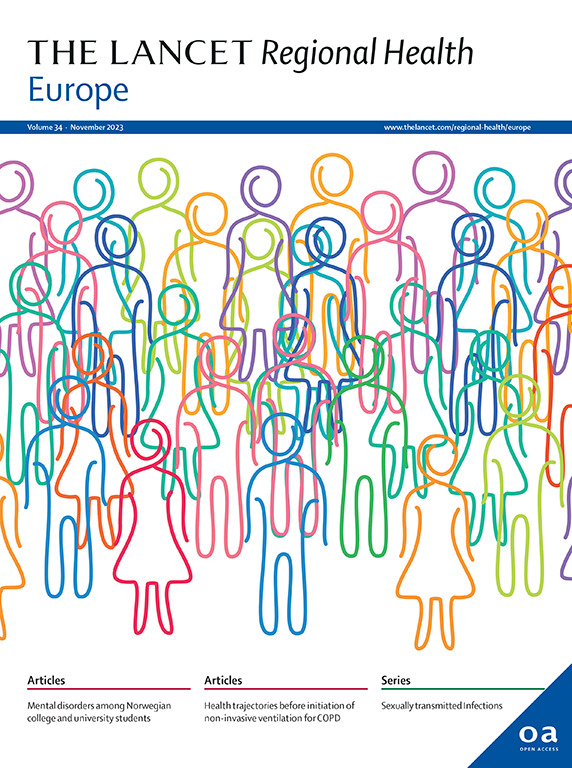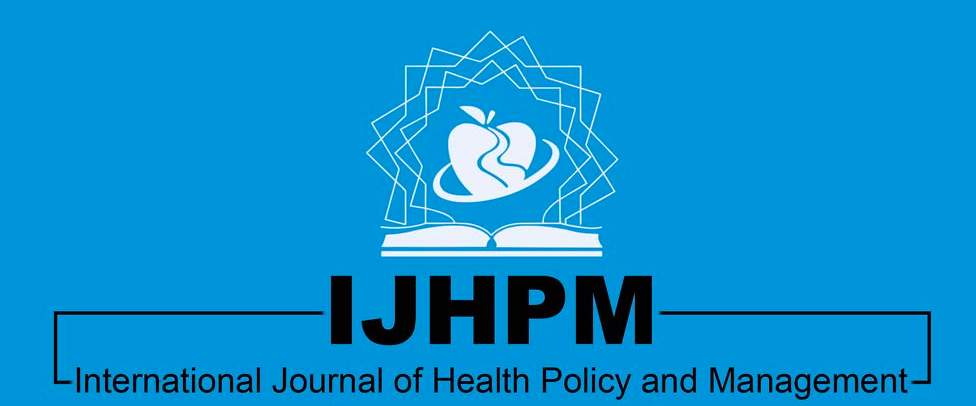Perceived risk and pandemic response awareness in low-capacity public primary health care in Greece
συγγραφείς: Gavana M, Papageorgiou DI, Haidich AB, Kokkali S, Talimtzi P, Paganas A, Andreou M, Yakimova-Polyzou V, Symintiridou D, Smyrnakis E.
Abstract
Introduction: Primary health care (PHC), the cornerstone of health systems, has an important role in infectious disease control. The SARS-CoV-2 (COVID-19) pandemic has put a burden on health systems worldwide and especially on healthcare workers at the first line delivering their services in remote areas of Greece. This study investigates preparedness and awareness level of primary healthcare workers (PHCWs) and their risk perception in managing the pandemic during its initial phase.
Methods: A cross-sectional survey was conducted in public PHC units in Greece. A web-based 14-item questionnaire, tested in a pilot study, was administered by a pre-existing panel of the Education and Research Network in PHC of Aristotle University of Thessaloniki, Greece. Associations were assessed between epidemic response awareness, risk perception, participant demographics and work settings. Participants were grouped by profession in first-line physicians (general practitioners, internal medicine specialists, pediatricians), first-line non-physicians (nurses, health visitors, paramedics) and second-line PHCWs (dentists, microbiologists, administrators, midwifes, laboratory technicians, nutritionists and social workers). Univariate logistic regression and multivariable analysis were performed and linear regression was performed to examine the effect of participants' awareness of the preparedness plan to their working area characteristics.
Results: A total of 441 PHCWs participated in the survey. Risks were perceived at a lower level by second-line PHCWs than by first-line PHCWs (B=-0.78, 95% confidence interval (CI) -1.49- -0.08; p=0.028). Older PHCWs had less concerns than younger PHCWs (B=-0.04, 95%CI -0.08- -0.01; p=0.025) and more experienced participants had more concerns than less experienced (B=0.04, 95%CI 0.00,0.07; p=0.050). PHCWs in rural settings presented with more preparedness awareness, compared to PHCWs in urban areas (B=1.10, 95%CI 0.28,1.92; p=0.008), while PHCWs living with high risk individuals showed less situation awareness (-0.55, 95%CI -0.95-0.16; p=0.006).
Conclusion: PHCWs in rural areas revealed a relatively high awareness of the response measures and management protocol requirements that were in place, compared to their colleagues in urban areas. As expected, first-line PHCWs directly exposed to emergencies expressed more concerns than second-line PHCWs. Learning from the challenges occurring during the initial phase of the pandemic could help PHC facilities address COVID-19 effectively and PHCWs' sense of security and confidence could be augmented, even when working in remote areas of the country. When planning training, distributing equipment and proposing protocols, the characteristics of the area and the needs of PHCWs, and population should be cautiously considered.
https://doi.org/10.22605/RRH6985
full article PDF here





